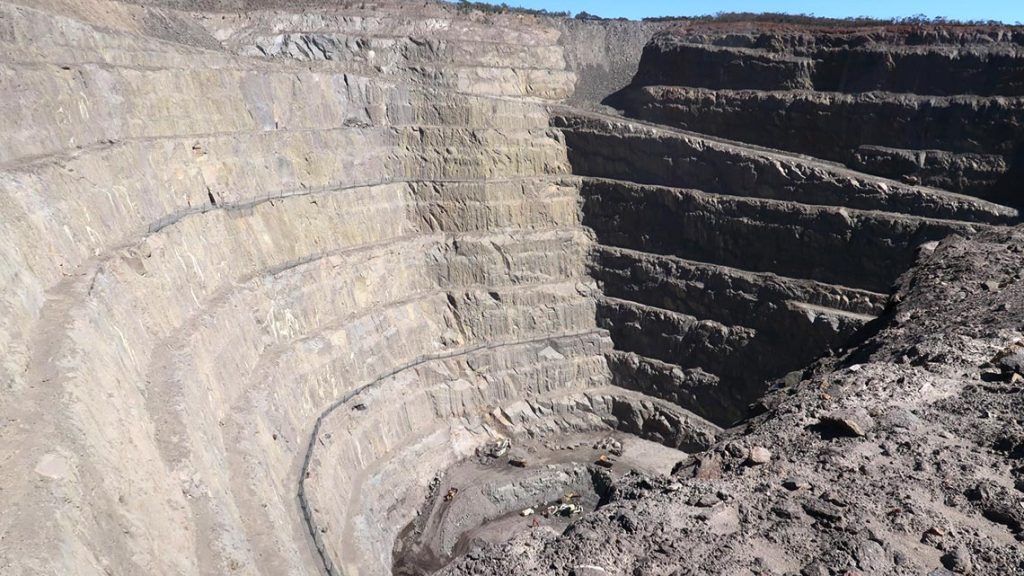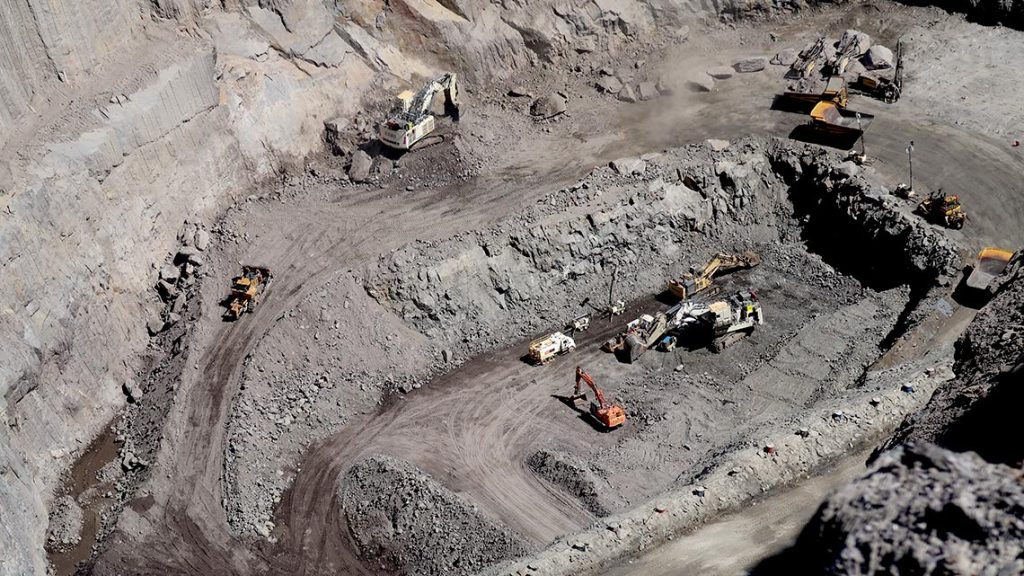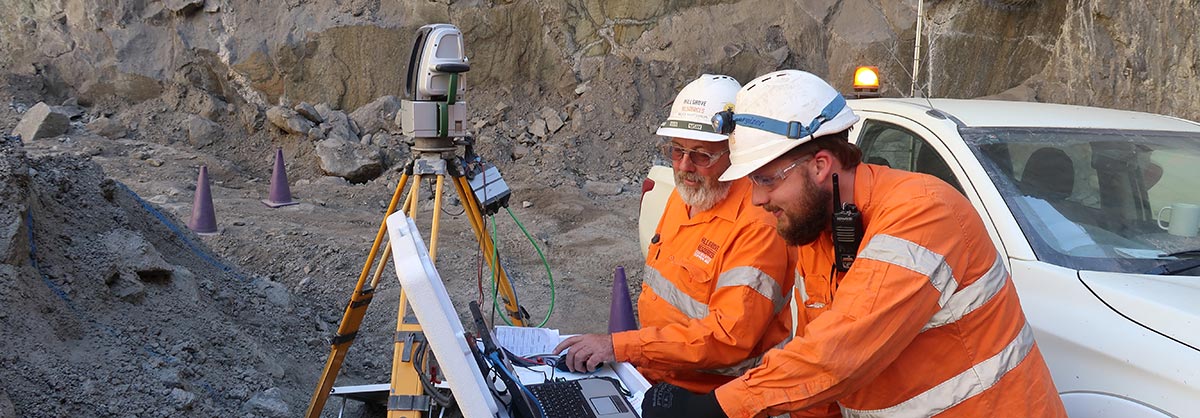March 2019 Issue Index
Periodic monitoring with Sentry
Sentry Patrol watched over workers during the successful remediation of a rockfall at Kanmantoo Copper Mine, allowing operations to quickly resume.
Kanmantoo Copper Mine is located in the Adelaide Hills of South Australia. In December 2018 about 6000 t of rock slid from a height of 24 m on a rock structure, following a failure on a series of closely spaced J4 joints that dipped steeply out of the west wall of the pit.
The three-week remediation work included construction of an access ramp, removal of overhang by scaling and blasting, scaling back the scarp and removal of ramp and rockfall debris.
During this work Maptek Sentry was set up on a tripod in the base of the pit to monitor wall movements. This allowed the best line of sight for the laser scanner compared to crest locations, to detect potential rock movements.
Patrol is one of 4 configurations of Sentry, which combines a Maptek laser scanner with sophisticated software to monitor, analyse and report on surface movements.
Periodic monitoring with the Patrol system mounted on a tripod, wall or bollard allows large scenes to be quickly captured, helping to determine zones to watch more closely. Continuous monitoring can then be used where conditions pose the greatest risk, providing accurate real-time data to guide safety management programs.
Sentry can be rapidly deployed to monitor events and protect staff during situations such as the rockfall remediation.
Whenever remediation work was carried out at Kanmantoo the scanner was operated by personnel trained to read the scan data and react appropriately.

Hillgrove Resources, the mine operator, said the method had proven to be very successful. No wall movements were observed above the remediation works other than the scaling effects and minor mesh movements.
Following the success of the remediation work monitoring, Hillgrove Resources decided to staff the Sentry Patrol system with trained pit technicians to monitor on a three-minute scan basis whenever personnel are working on the west wall. A wi-fi system allows geotechnical staff to remotely access the system to assist in interpretation 24 hours a day. This setup will continue throughout the final 36m of excavation of the 350m deep, steep-walled pit.
Geotechnical analysis
The versatile Maptek XR3 laser scanner used for Sentry Patrol can also be deployed for day-to-day survey tasks such as topographic survey, stockpile volumes, end-of-month measurements and mine modelling.
Scan data collected at Kanmantoo was brought into Maptek PointStudio for geotechnical analysis of the rockfall.

In the central portion of the failure the basal plane passed just under the shear pins. Following an initial 20mm of displacement, the failure eventually ripped through the rock mass to the south, where the shear pins penetrated the J4 joints and restricted further movement. The northern end of the failure comprised a long steep joint, from which the failure pulled away.
Survey of the basal surface and the original southern and northern release surfaces allowed the volume of the slide to be calculated at 6321 t. A total of 11,985 t was removed during the remediation.
The J4 joints mapped on the remediated surface have an average dip of 54° compared to an average dip of 60° from mapping the complete western wall. The close spacing and planar nature of the joints combined to create the stepped-down basal sliding surface.
Sentry development
Hillgrove Resources has been using Maptek laser scanners and Sentry for integrated survey and monitoring tasks for more than five years.
The company was instrumental in progressing R&D into laser-based monitoring, and feedback from geotechnical staff has been invaluable for the development of Sentry.
In 2014, Sentry was able to predict a failure below a ramp in time to evacuate the pit floor, ensuring safety of personnel and equipment.
Bruce Hutchison, Principal Geotechnical Engineer, highlighted the importance of safety at Kanmantoo Mine. ‘Hillgrove Resources has been able to mine safely from a steep-sided open pit thanks to a stringent geotechnical program’, he concluded.
Thanks to
Bruce Hutchison
Principal Geotechnical Engineer
Hillgrove Resources

